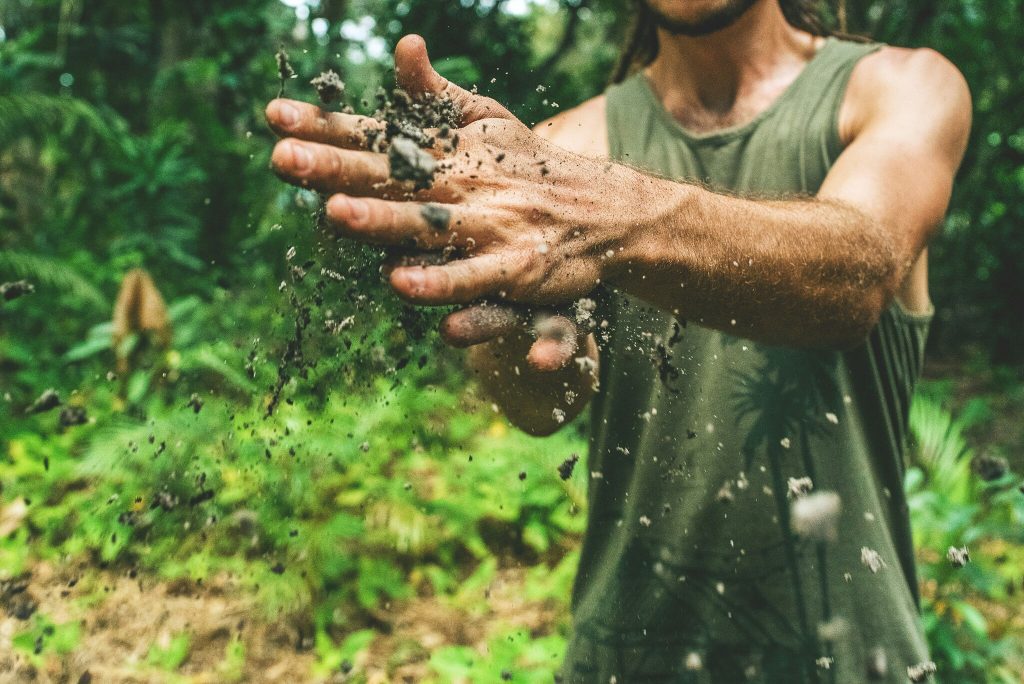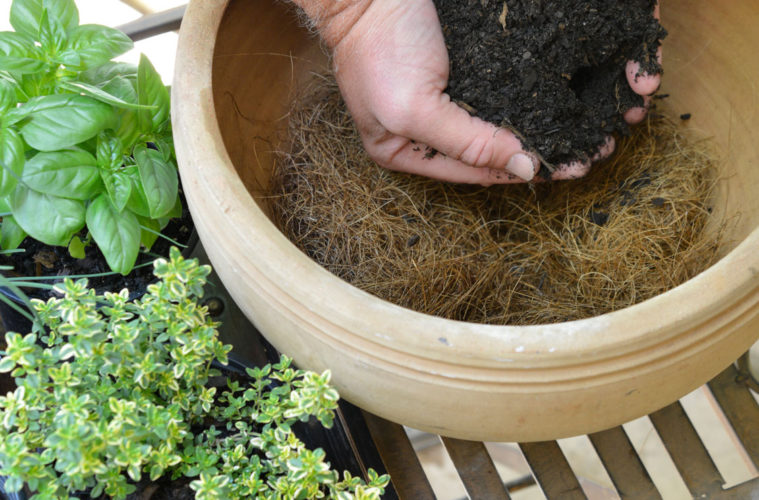Contaminated soil can contain toxins which may be harmful to the environment. There are, however, some easy ways to deal with soil contamination.
Here are our top 4 solutions for dealing with contaminated soil.
1. Excavation
Excavation is the process of removing the soil directly beneath the topsoil. This depends on the amount of soil you want to remove. Smaller spaces where you want to remove the soil can be removed with smaller tools done by a professional. You can either treat or properly dispose of the soil you have removed. You can break up the soil to improve its physical nature, making it more suitable for supporting plant life.
2. Soil Washing
Soil washing is a process of washing contaminated sediments and soil from the ground. This is achieved by separating the finer contaminated parts through different washing processes. Soil washing is one of the cost-effective ways to deal with soil contamination and can be done, either by a professional or even a first-time gardener.

Image credit: Unsplash
3. Bioremediation
This process of dealing with contaminated soil uses organic materials to remove contaminants. The soil bioremediation process is natural and sustainable and is mostly preferred as a way to avoid using chemicals, but the downside is that it can take several months to complete the process. The main purpose of bioremediation is to convert pollutants to less toxic forms, helping the soil be healthier. It is environmentally friendly and cost-effective, which is why gardeners prefer this method of dealing with contaminated soil.
4. Phytoremediation
Phytoremediation is a plant-based approach involving the use of plants to extract and remove elemental pollutants in the ground. It uses plants because they can absorb compounds in the soil, and they extend their root system into the soil. The plants help to absorb heavy metal from the soil and release it into the atmosphere in turn, purifying the soil.
Keep your soil healthy with these solutions for soil contamination.
ALSO SEE:
Feature Image: Pexels

